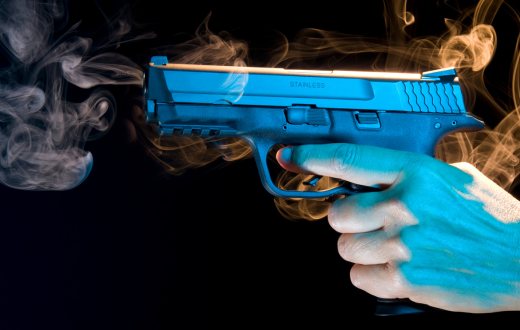When it comes to firearms, there is a wide array of designs and mechanisms that dictate how a gun functions. One of the key differentiating factors is the action type, which refers to the method used to load, fire, and extract cartridges. In this article, we’ll explore some of the most common gun action types, including pistols, revolvers, and more, shedding light on their distinctive features and applications.
Single-Action Revolvers:
Let’s start with the classic revolver, known for its timeless design and reliability. Single-action revolvers require the shooter to manually cock the hammer before each shot. Once the hammer is cocked, pulling the trigger releases the hammer, causing it to strike the cartridge’s primer and discharge the round. Single-action revolvers are renowned for their simplicity and ruggedness, making them popular among enthusiasts and collectors. While their capacity is limited, they offer excellent accuracy and a smooth trigger pull.
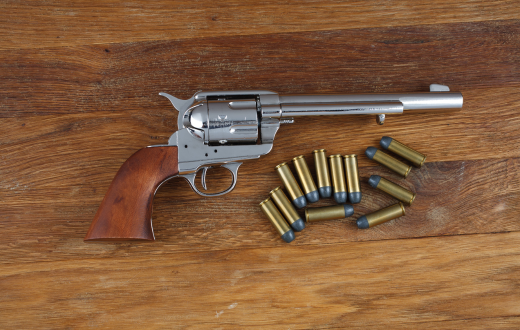
Double-Action Revolvers:
Building upon the single-action design, double-action revolvers provide enhanced versatility by incorporating a dual-function trigger mechanism. In double-action revolvers, pulling the trigger not only releases the hammer but also cocks it back before firing. This eliminates the need to manually cock the hammer, making double-action revolvers quicker to deploy in self-defense situations. The trigger pull in double-action revolvers is generally longer and heavier compared to single-action revolvers, but they offer the advantage of carrying multiple rounds in their cylinder.
Semi-Automatic Pistols:
Moving on to semi-automatic pistols, these firearms have gained immense popularity in recent decades due to their high capacity, rapid-fire capability, and compact size. Semi-automatic pistols operate on a recoil-operated system, wherein the force generated by the firing of a cartridge cycles the slide, ejects the spent casing, and chambers a new round from the magazine. They typically have a detachable magazine, allowing for quick reloads. Semi-automatic pistols come in various designs, such as striker-fired, single-action, and double-action, catering to different preferences and applications.
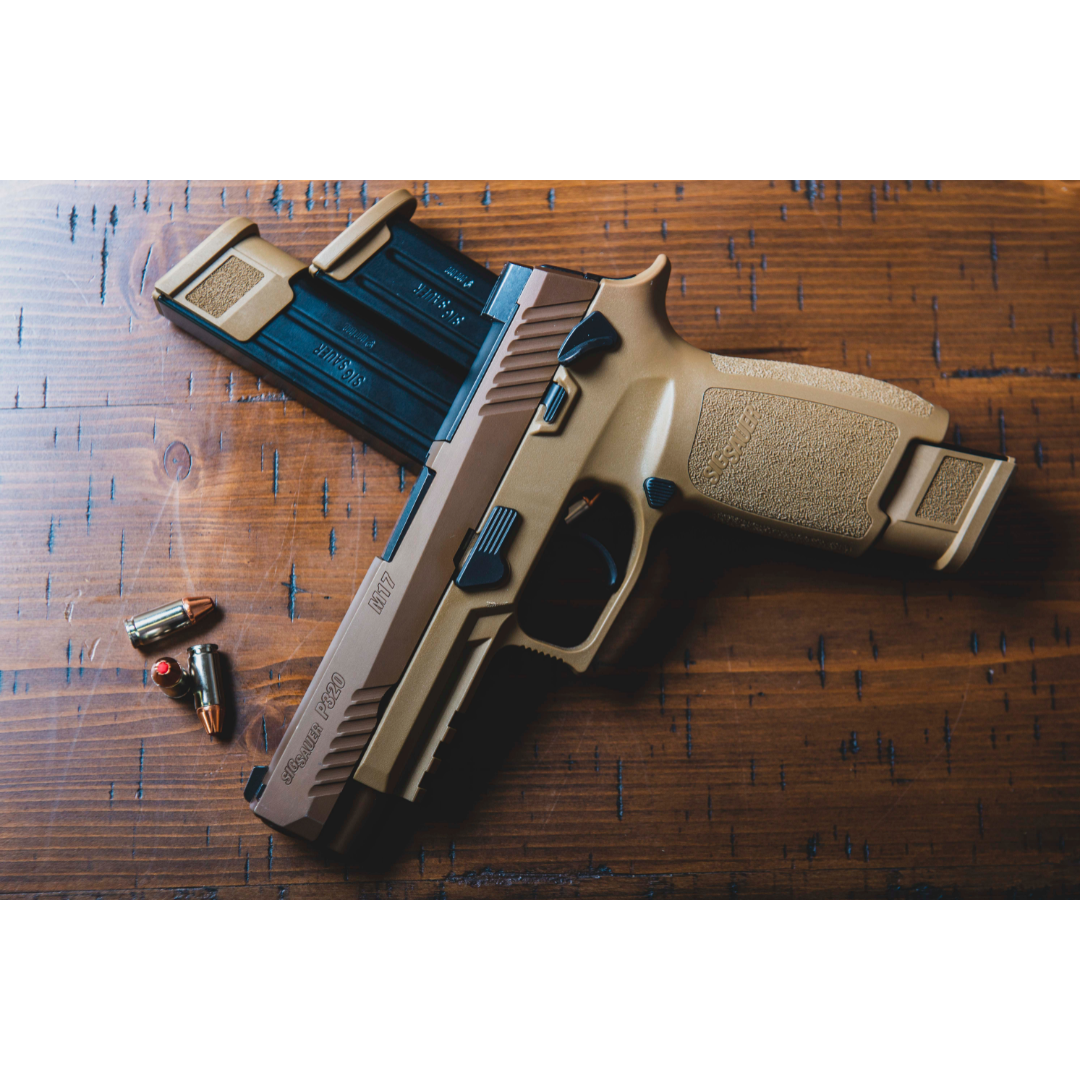
Bolt-Action Rifles:
While pistols and revolvers are primarily used for personal defense and close-quarter engagements, bolt-action rifles are designed for accuracy and long-range shooting. Bolt-action rifles employ a manually operated bolt mechanism, which requires the shooter to manually cycle the bolt after each shot. This action type provides exceptional precision due to its robust lockup and inherent stability. Bolt-action rifles are often chosen for hunting, competitive shooting, and military and law enforcement sniper applications.
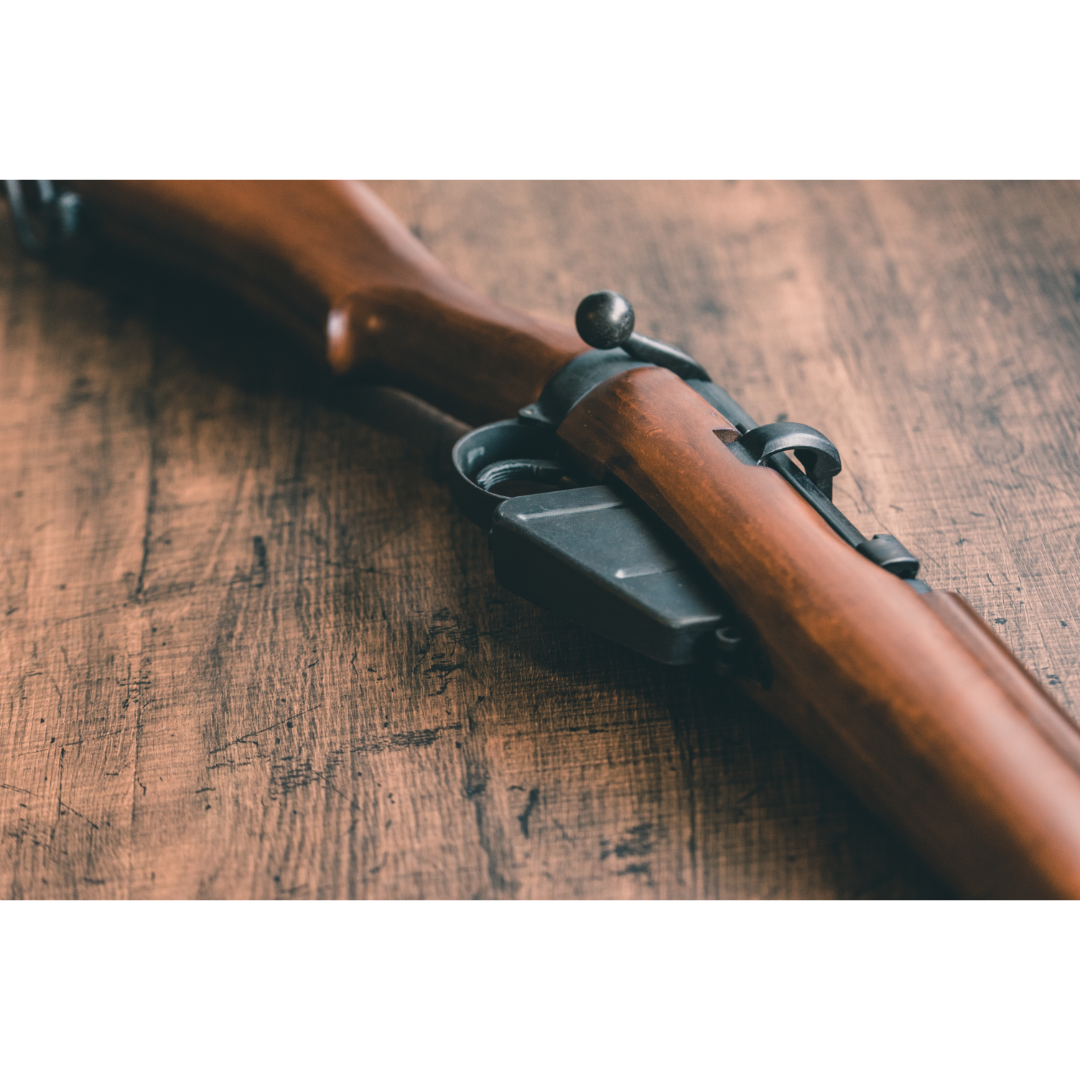
Pump-Action Shotguns:
Another fascinating action type is the pump-action, commonly seen in shotguns. Pump-action shotguns utilize a sliding forearm that, when manually operated, extracts the spent shell and chambers a new one from the magazine tube. This action type allows for quick follow-up shots, making pump-action shotguns popular for hunting, home defense, and recreational shooting. They are renowned for their reliability, versatility, and the ability to cycle a wide variety of loads.
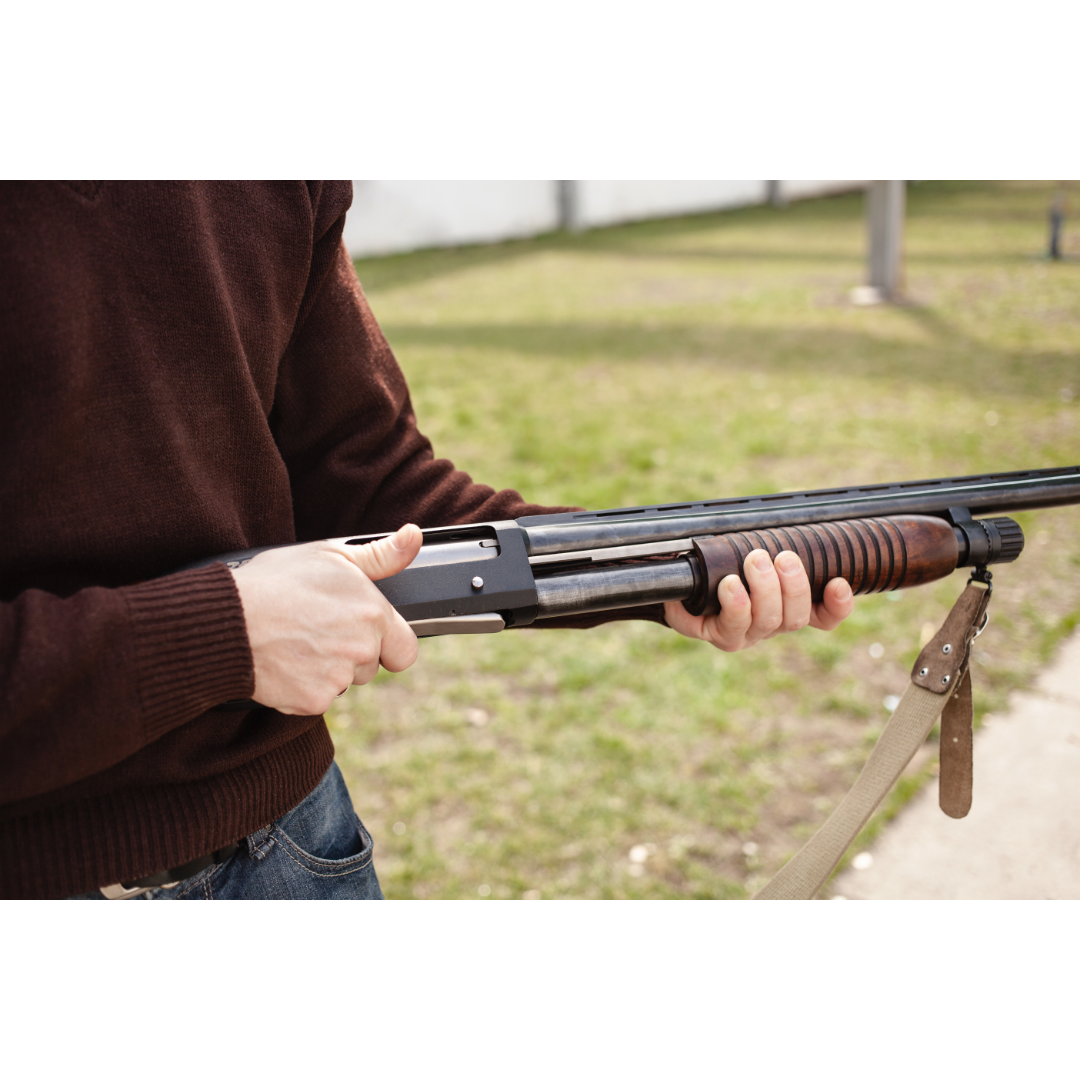
Understanding the different gun action types is essential for any firearm enthusiast or anyone interested in self-defense or shooting sports. Whether it’s the timeless single-action revolver, the versatile semi-automatic pistol, the precision bolt-action rifle, or the reliable pump-action shotgun, each action type brings its own set of characteristics and advantages to the table. By exploring these action types, you can make informed decisions based on your specific needs and preferences. Remember, responsible firearm ownership includes not only learning about action types but also prioritizing safety and abiding by local laws and regulations.

